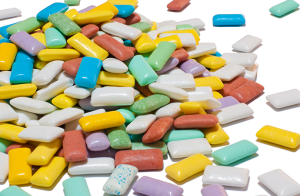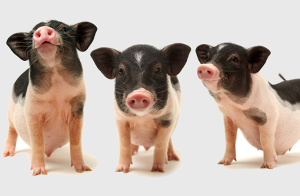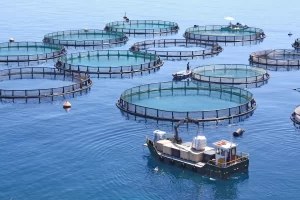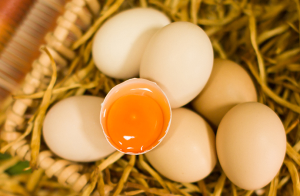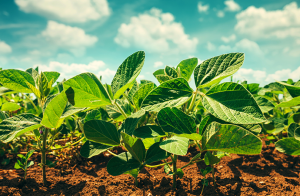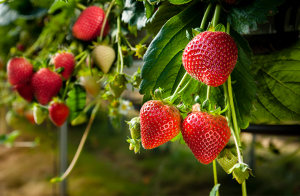L-Valine – essential amino acid and sugar-producing amino acid of mammals
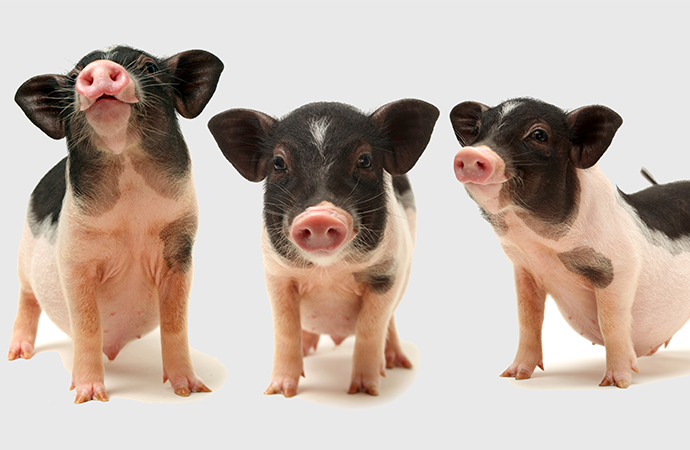
L-valine is one of the essential amino acids and glycogenic amino acids in the human body, which can promote normal growth of the body, repair tissues, regulate blood sugar, and provide energy needed by organisms. Along with leucine and isoleucine, it becomes a branched chain amino acid, which is an important part of animal protein synthesis and energy supply.
L-tryptophan – a functional essential amino acid

L-tryptophan is a functional essential amino acid, which regulates the growth performance, oxidative stress, immunity, gene expression and protein synthesis of animals, and tryptophan is a precursor to the production of niacin, coenzyme I, Coenzyme II, melatonin, 5-hydroxytryptophan, quinolinic acid, and has a variety of physiological functions and biological activities.
L-arginine – a multifunctional essential basic amino acid

L-arginine is a multifunctional semi-essential or conditionally essential basic amino acid. It is an essential amino acid in young mammals and plays an important role in muscle protein synthesis, intestinal immune regulation, wound repair and other physiological processes. For poultry and fish, arginine cannot be synthesized internally in the body and is an essential amino acid for aquatic products and poultry.
L-isoleucine – an important role in the biological activities of the body
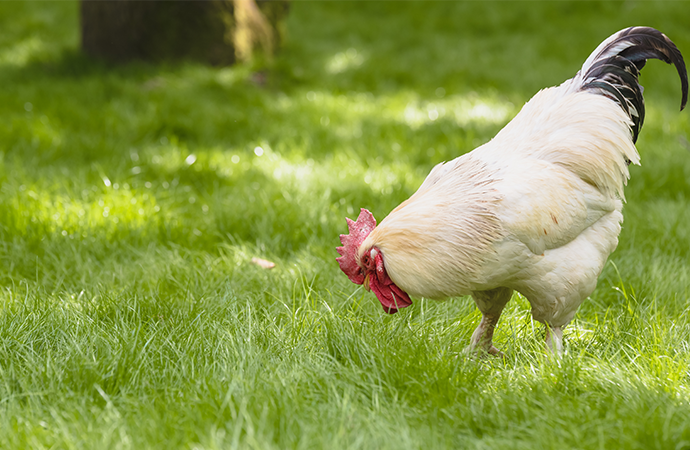
L-isoleucine is an essential amino acid, which means it cannot be synthesized in the human body and must be taken through diet or supplements. It is one of three branched-chain amino acids, the others being L-leucine and L-valine.
L-Alanine – Promotes life and health

L-alanine is one of more than 20 amino acids that make up human proteins.L-alanine can be used in the pharmaceutical field to prepare tissue culture media and biochemical reagents. It can also be used as a pharmaceutical ingredient to produce drugs such as enalapril and sofosbuvir for the treatment of hypertension, liver disease and other diseases.
L-Alanine – Enhancing Taste with Health in Mind

L-Alanine is one of the 20 amino acids that make up human proteins. It serves as a valuable amino acid supplement, participating in the metabolic cycles of the three major nutrients in the human body. AHB has successfully overcome the anaerobic fermentation technology challenges and achieved the first international-scale production of L-Alanine using microorganisms. This breakthrough has significantly reduced production costs, while the technology has reached a globally leading standard. Additionally, it is derived from renewable glucose as the raw material, and the fermentation process results in zero carbon dioxide emissions, offering substantial economic and environmental benefits, all while promoting both taste and health.
DL-Alanine – A Companion for Food Flavor

DL-Alanine possesses a unique sweet and savory taste, making it a popular food flavor enhancer used in various food products. It is widely employed in pet food to enhance palatability and address the finicky eating habits of pets.
Fumaric Acid – The Simplest Unsaturated Dicarboxylic Acid
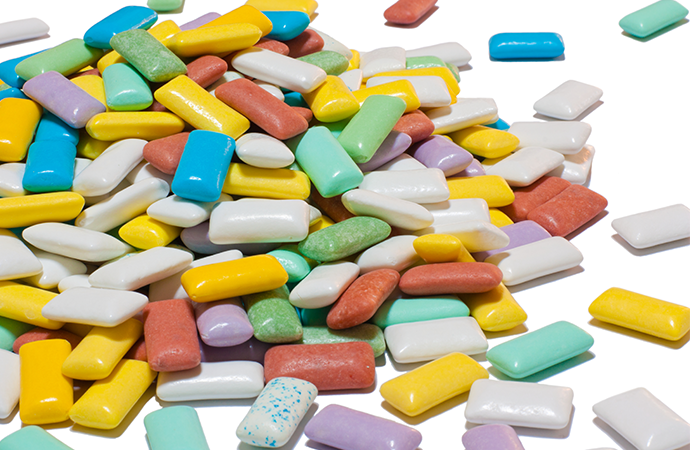
Fumaric Acid, also known as trans-butenedioic acid or allomaleic acid, is an important intermediate metabolite in biological organisms. Fumaric Acid is a four-carbon dicarboxylic acid and, as an unsaturated dicarboxylic acid, its lively chemical properties bestow it with high value. It serves as a high-performance intermediate in the synthesis of various high-value polymers, extensively used in fields such as coatings, resins, pharmaceuticals, plasticizers, and can also serve as a food and feed additive.
L-Isoleucine – One of the Branched-Chain Amino Acids
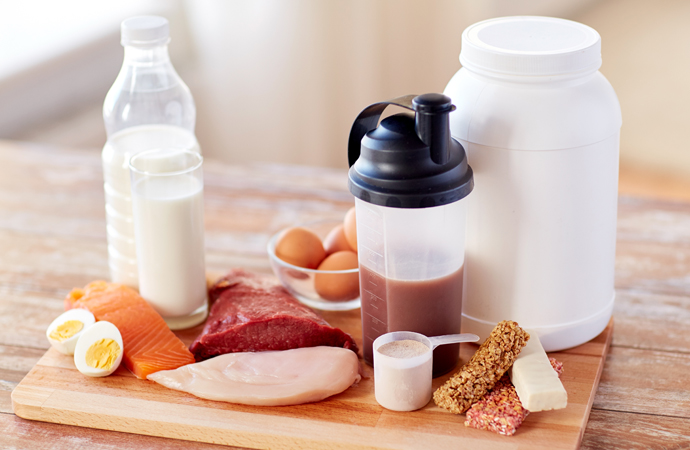
L-Isoleucine, also known as 2-Amino-3-Methylpentanoic Acid, is one of the essential amino acids in the human body. It belongs to the group of aliphatic, neutral amino acids and is optically active.
L-Arginine – NO’s “Producer”, Blood Vessel’s“Janitor”

L-Arginine is a conditionally essential amino acid in the human body. Healthy adults can synthesize L-Arginine autonomously, but infants and young children cannot produce sufficient L-Arginine to meet their body’s requirements. L-Arginine is involved not only in the synthesis of proteins and substances like glutamine but also serves as a precursor for the production of urea, nitric oxide, and creatine.










